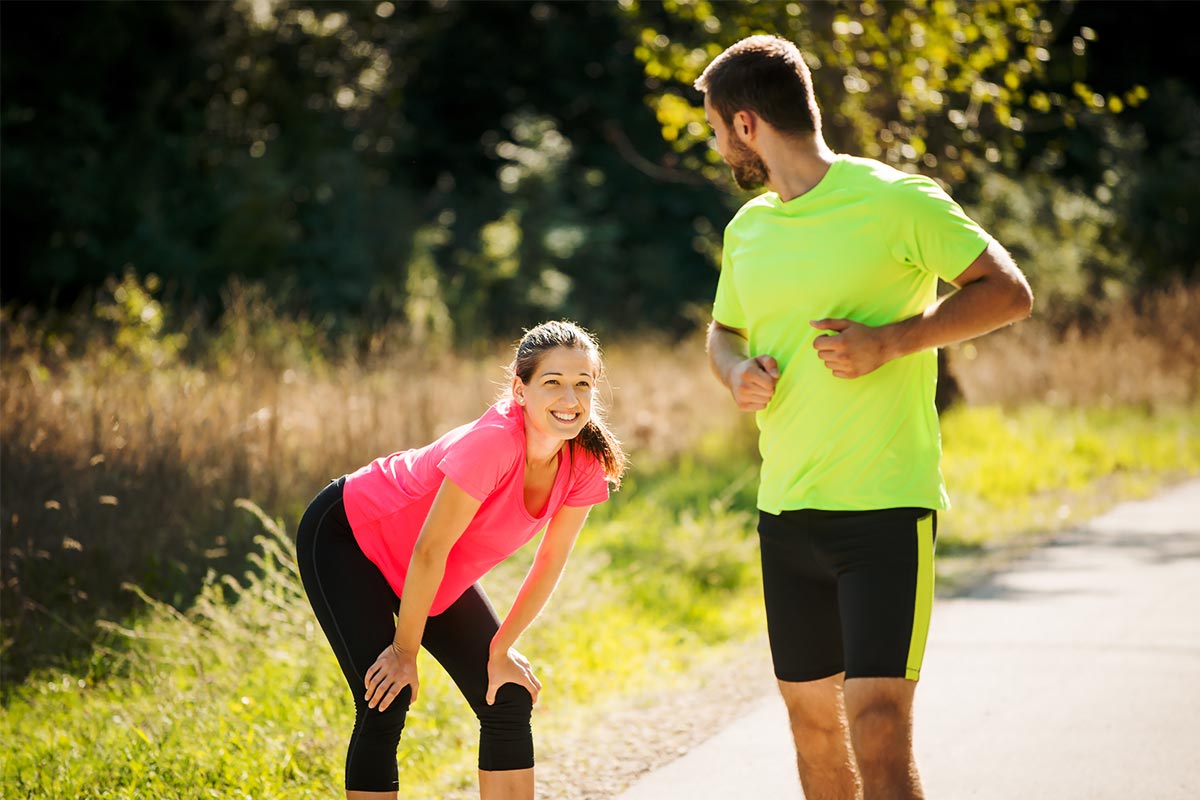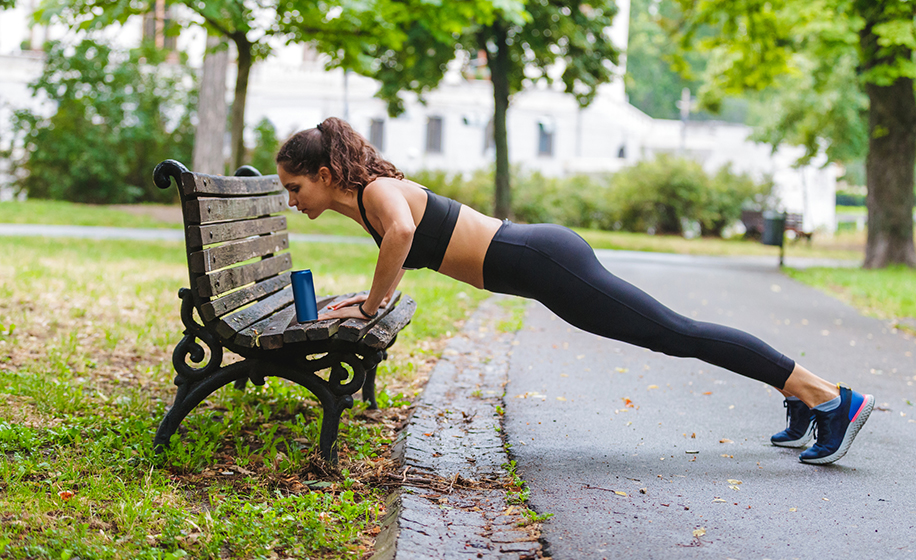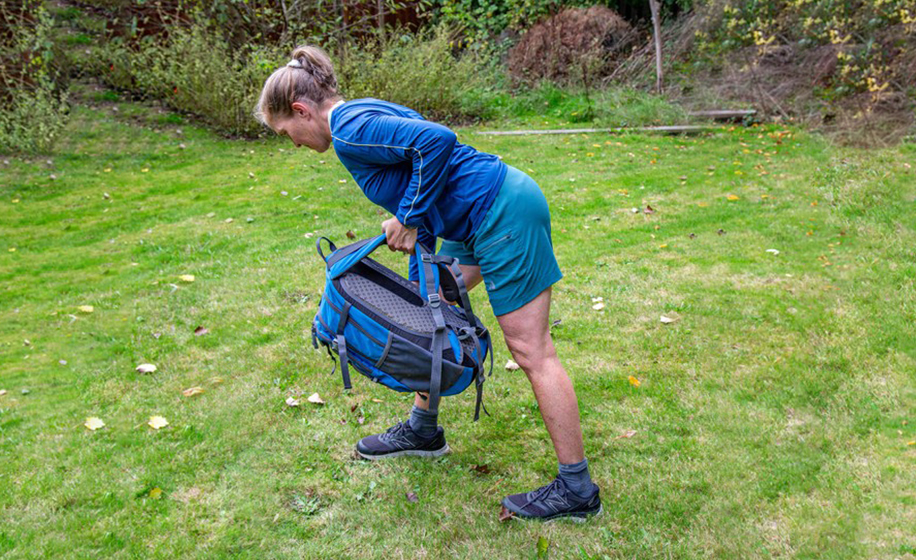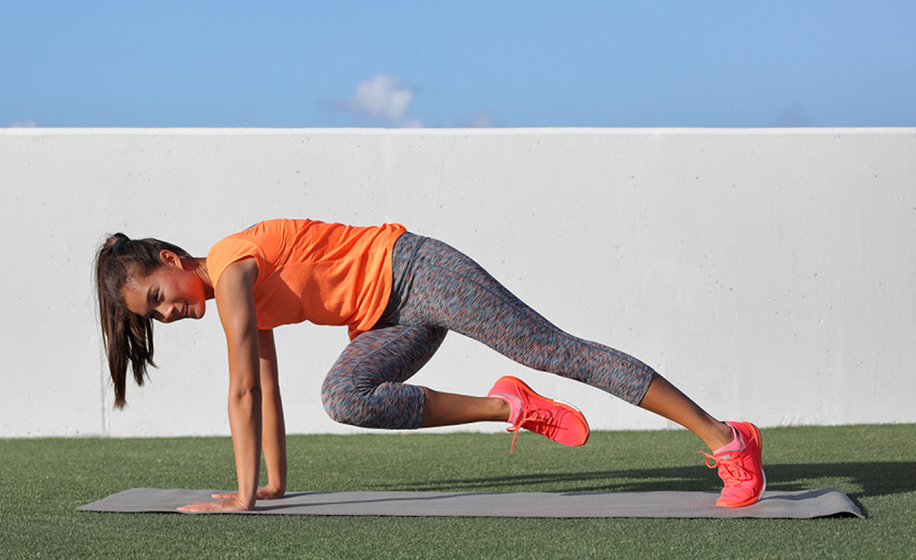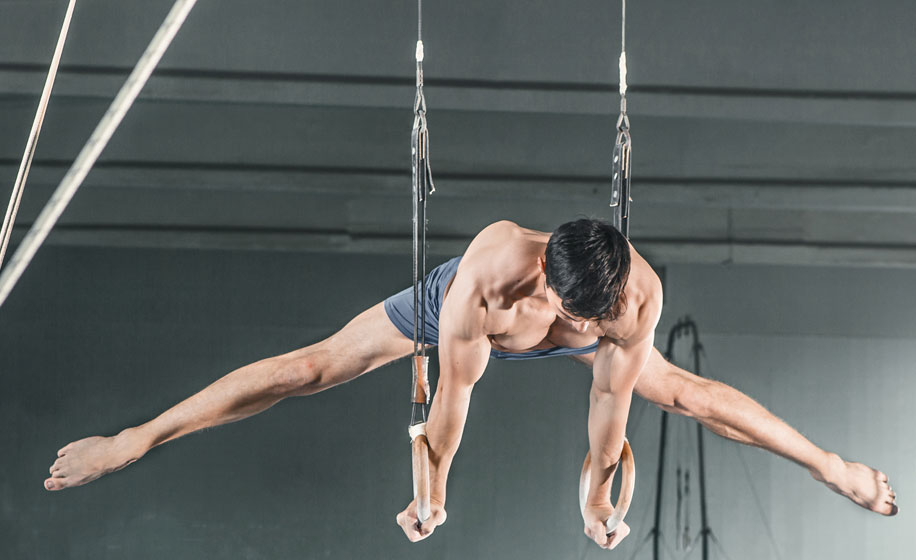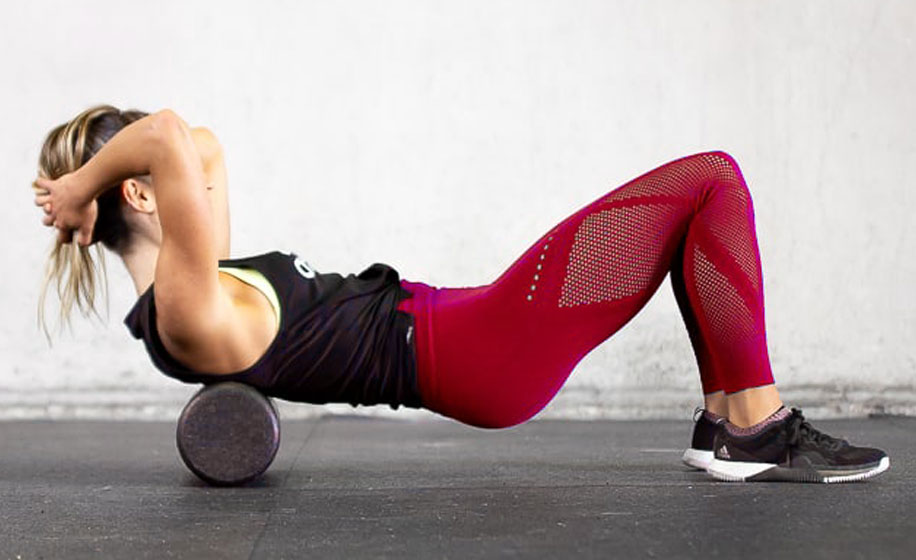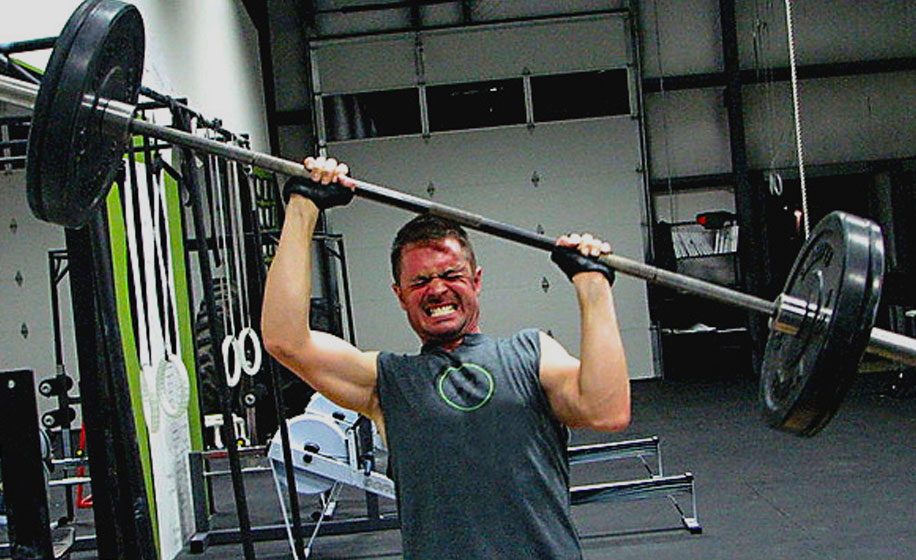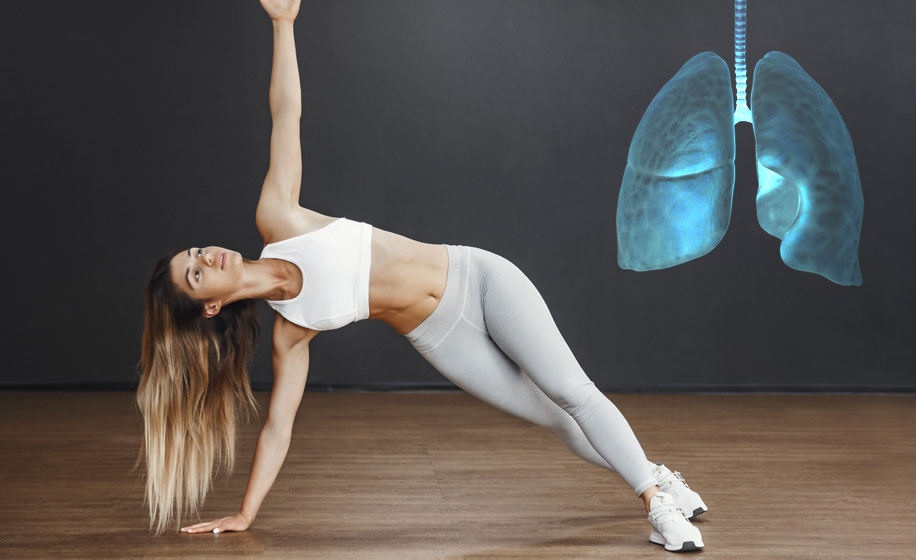Walking in the morning is a beautiful experience for those who make it a habit to step out early. Starting a day with a positive outlook can make you feel fresh and active the whole day. If you’re a fitness enthusiast and want to explore new places every day, walking for 30 minutes in the morning can be an ideal workout for your way of living.
Let’s find out some facts and the effectiveness of walking in the morning that will help you in many ways.
How does walking in the morning work for people
Walking has tremendous health benefits from improving your health to boosting your mood. It helps people to get rid of chronic diseases such as diabetes, high blood pressure, heart problems, cancer, and other prolonged illness. Fast walking will make your body sweat which will help you to lose weight and increase your immune system.
Walking on the other hand also has a great impact on your mind and memory. It cures people suffering from depression, anxiety, stress, and hypertension. When you go out for a walk just after sunrise, your eyes will capture the greenery. It gives comfort to your eyes. You can breathe fresh air free from pollution. It soothes and heals the mind and body mechanisms. therefore, regular walking is a simple yet effective method of keeping a healthier lifestyle.
How to start your day with a walk: Do’s and Don’t
Waking up early and starting your day with a walk is the most beneficial routine one can adopt. It should be at the top of your priority list. Plan your walk in such a way that you get enough time to do other tasks ahead of you. Make your mind alert not to miss the target alarm. Adequate sleep is very important to get up early the next morning. Try to get a nice sleep so that you feel fresh and energetic to rise on time.
Wear the right pair of shoes that will suit your morning routine. Get sweat-proof stretchable clothes so that you can move comfortably while walking or doing any exercise.
If you want a small walk near your house, go for it without any planning. However, if you want to fix the schedule of walking, plan it according to your convenience. Use a smartwatch to measure the steps, distance covered, and calories burnt.
Do not step out for walking on an empty stomach. This is because you may feel exhausted or dizzy at times. It is better if you consume a light snack before leaving the house. Avoid eating a large breakfast and have a small portion of food post your walking routine. Drink plenty of fluids such as coconut water, almond milk, green tea, fruits or vegetable juice, and smoothies to stay hydrated all the time. Do not drink any beverage early in the morning because it may cause digestive issues. If you really want, you can add it to some solid food. Moreover, If you’re planning for a long walk better to keep a water bottle to recover the loss of fluids in form of sweat. It will replenish your exhausted muscles and save you from thirst. Drink a sip whenever you feel completely drained.
When you’re done with the morning walk add some basic stretching exercises such as neck, hand, and shoulder movements, hips and legs stretching, etc. It will provide flexibility to your body and even helps you to prevent any injury. Walk faster to burn more calories so that your heart rate increases and your body sweats.
After finishing a long walking routine, let your body cool down naturally and come to a normal temperature. Do not take shower or eat immediately after returning home.
Don’t let lethargy rule your life. Try to stay motivated, listen to positive things and incorporate that into your daily lifestyle. Make friends who can join you in your everyday routine. Start with simple goals and proceed to long-term success in life.
Walking and talking therapy – An effective approach
In an effective walking and talking analysis, patients interact with the therapist while walking in an open space rather than sitting or lying in closed walls in a therapy office. Walking by the side encourages patients to express their problems while feeling more secure and comfortable in sharing conversations rather than behind closed doors and sitting face to face during therapy.
It is something that changes the overall dynamic perception between a therapist and a client. Many people find it difficult to express themselves through eye contact. Some have even experienced discomfort and anxiety when they are the focus of someone’s attention in a face to face counseling. Facing forward with an open view will make the situation less intense rather than in a traditional eye contacting discussion.
Mental health organizations all over the world recognize the goodness of being out in green spaces that helps in psychological well-being. It stops ruminating in the communication process which makes the client comfortable to act naturally.
Benefits of walking and talking therapy
Walking in nature generates a meditative state of mind in many patients combined with one-to-one interaction that wards off depression and improves self-esteem. The ideal benefits of walking and talking therapy are;
An integrated and psychic approach
Walking and talking therapy is an integrated approach where the natural environment works as a calming agent to the patient to make him/her feel comfortable while moving forward both physically and mentally.
Walking helps in boosting your mood because it increases the blood flow and blood circulation to your body and brain. It has a positive impact on the hormonal balances in our brain. The HPA axis is responsible for your stress hormones. Healthy endorphins are the happy hormones that will release when you walk or exercise.
The outdoor setting, on the other hand, is closely associated with devotion and inner mindfulness. Walking with a therapist in a natural space makes them feel closer to a better environment which helps the patient to become calm and gentle during each session.
Both group and individual therapy serve a healthy, cheerful relationship. Both of them share a congenial pace while walking in the session. Breathing fresh air, open sky, hearing birds, and experiencing an outdoor uninterrupted exchange of feelings relax the patient’s mind.
It cooperates enough to lose the anxiety and allows a free natural conversation. With stress and anxiety numbers increasing day by day, psychologists and therapists are prescribing outdoor walking and talking time to their patients to help them to improve their physical and mental condition.
The therapy helps you to get physical activity in greenery
Walking in outdoor therapy makes the patient more likely to exercise. Nature’s relationship to our psyche has gained enough attention over the last few decades. Science has proved walking in a session promotes an effective way to improve focus and memory, a general feeling of well-being, and even boost the immune system.
Being outdoors teaches a patient to open minds in practical life and become confident. The walking and talking counseling sessions are designed to allow the natural setting to calm and relax the mind. It trains the human brain to accept the rhythm of life and start looking forward. Success comes through patients suffering from loss and grief, mental trauma, depression, anxiety, and panic attacks. They learn to relax and trust again.
The bond between a patient and a therapist
Walking and talking develop a good rapport between a patient and therapist. Strolling in nature makes a comforting effect on the person that improves the bond between them. The therapy establishes a tool for patients when they are unable to make indoor therapy sessions.
Walking in free space creates a mindset or thinking pattern so they start loving the ambiance and eagerly share their problems. Slowly, the patient learns to take things positively. It is better if you take the therapy in the early morning which will help you calm down and connect with fresh air.
The therapy improves sleep pattern
The outdoor environment provides a set of good sleep cycles. The cells in human eyes need natural light to get the body’s internal clock working right. Therefore, early morning sunlight seems to improve people’s get to sleep properly at night. Walking-talking therapy helps in physical movement which at the end of the day makes it easier to fall asleep soon
The morning sun helps you in getting Vitamin D
Vitamin D is very important for your bones, blood cells, and immune system. It aids your body to absorb necessary minerals such as calcium and phosphorus. In most cases, those who suffer from anxiety and depression are deficient in Vitamin D.
Patients can lead to severe body pains, loss of bone density, osteoporosis, and fractures. Little exposure to sunlight for 5-15 minutes, 2-3 times a week is enough for the human body to produce essential vitamins and minerals. Therefore, walking early in the morning have numerous health benefits if you can combine it with therapy.
Difference between indoor and outdoor session
Nature has dynamic balance and being in it has proven to benefit our overall health. The feeling of self-consciousness or shyness fades away while making a conversation flow. Outdoor therapy changes the thought patterns of depressed, anxious, and grieving patients.
Sometimes patients suffer from physical pain because of stress and anxiety disorders. Walking in the morning reduces body aches and pains which will help you to do the whole day’s work.
There can be any kind of difficult life transition, whether they are personal, professional, relationship-based, family, or more, the patient can express and share problems comfortably while walking. Moreover, therapy beyond the office space is especially beneficial for patients with depression because the natural setting is calming and one can enjoy the wind, sun, and temperature for change.
How therapy works in an outdoor session
In an outdoor therapy session, the therapist will meet the client from areas of natural beauty, like in a park along a scenic waterfront, rural trails, or woodlands to the garden outside the therapy room. The session can combine with gardening or outdoor pursuits such as climbing or hiking.
Walking side by side, the therapist may ask about the thinking pattern in the patient’s mind or communicate about his/her overall goals. At times, patients might take time to retrieve and stay silent for a while.
Outdoor therapy is sometimes called ecotherapy, nature therapy, or wilderness therapy depending on the form and treatment. They can be productive if incorporated with the client’s lifestyle for at least 12-16 sessions, once or twice a week. However, therapeutic sessions depend on how the patient is acting and recovering throughout the process.
If you are suffering from any such condition try to find out how walking and talking therapy can help you out from mental and physical trouble. Discover the benefits by yourself and experience nature’s course of action that will lead you to heal.
Exercise through walking and watching animals and birds, hear the sound of nature, and enjoy talking to your therapist. Learn the tools to lessen your stress level by communicating daily. Enjoy the endorphins, the talk, and the feeling of being outside in an open sky. Talk to someone and share your walking-talking experience.
Final Takeaway
Walking and talking therapy offers interesting alternatives to traditional face-to-face therapy methods. It has the advantage of putting people at ease so that they feel comfortable while sharing their thoughts, providing a healthy dose of exercise, and allowing people to spend more time outdoors and connecting with nature. All these together serve to step up the benefits of daily exercising along with walking and talking therapy sessions.


